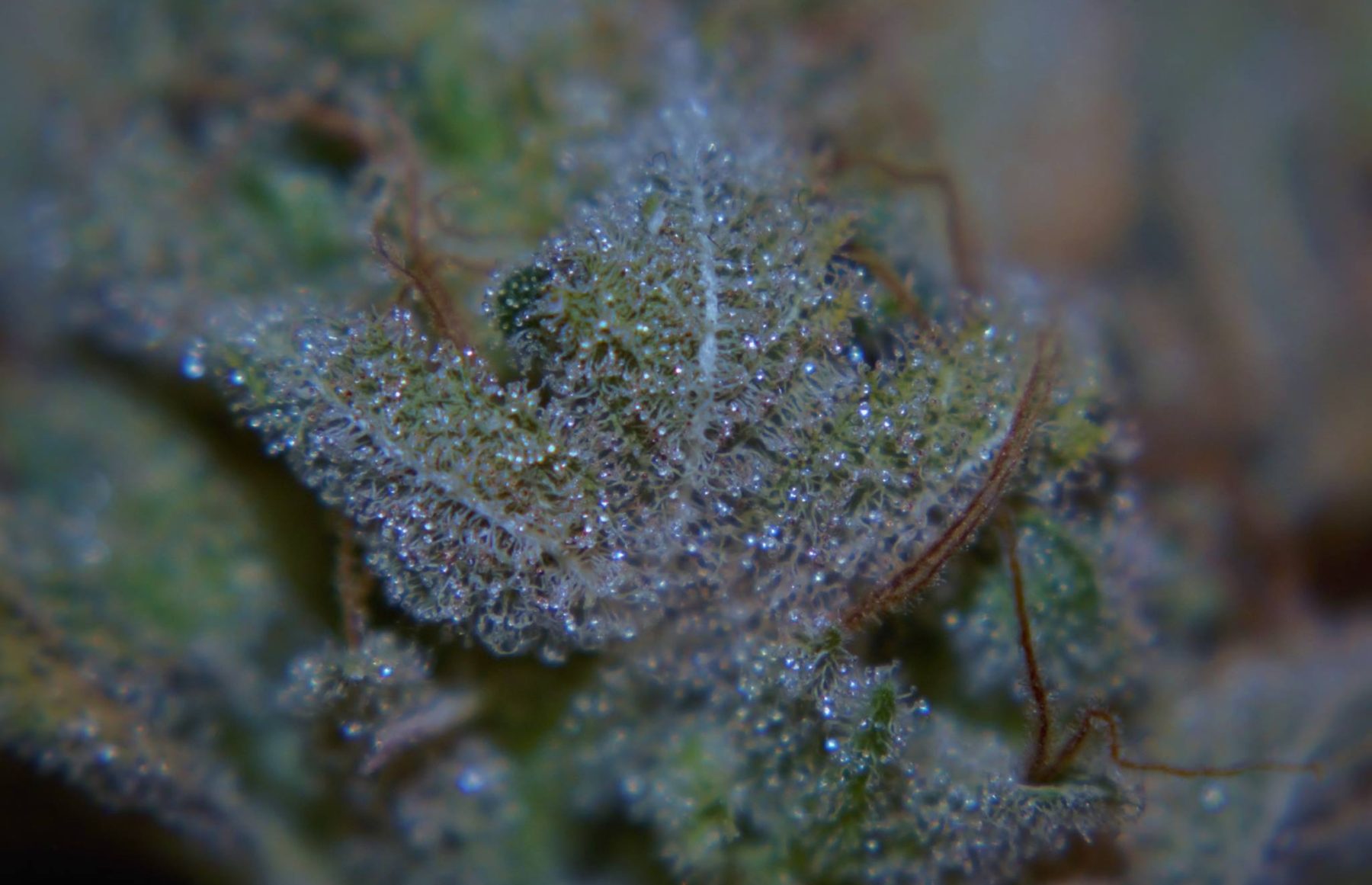Remember to mouse over underlined words for the definition tooltip When you see a tree towering up above a house, or a dandelion in your front yard where do you think its mass comes from? You may be tempted to answer the soil, but in fact, most of its mass comes from the air. A tree is majorly carbon after all,… Read more →
Edibles, and Medicated Treats; A Discussion
Let’s discuss edibles, as despite cannabis use continuing to rise, the general knowledge on edibles has been very lacking. Processing You probably don’t want your treats to taste of plant matter, chlorophyll being a quite bitter and nasty flavor. To avoid this we collect the trichomes, or else the cannabinoids themselves from the buds before making edibles. The typical methods of… Read more →
Aside
You know when you get a trichome that has sap at the end?
“In the type IV glands of the related species Solanum pennellii (previously Lycopersicon pennellii), as well as in many other Solanaceae species, including tobacco, Datura and Petunia spp., glucose and sucrose are acylated with 3–4 acyl groups of both straight and branched chains ranging in carbon number from 2 to 12 (Van Dam and Hare, 1998). The resulting polyester acyl sugars (Figure 2) are secreted from the glands, sometimes in relatively large quantities, and the exudate causes the plant surface to become sticky and provides a strong deterrent to insects
The first acylation reaction of glucose is catalyzed by UDP-glucose fatty acid:glycosyltransferase, and additional acylations of the sugar moiety appear to occur by a series of disproportionation reactions, the first of which is catalyzed by an enzyme that belongs to the serine carboxypeptidase family (Li and Steffens, 2000). The subsequent reactions have not been yet characterized. The acyl groups are derived from elongation of short straight and branched fatty acids, which themselves are derived from degradation of amino acids” — (Walters and Steffens, 1990)
From Harnessing plant trichome biochemistry for the production of useful compounds
